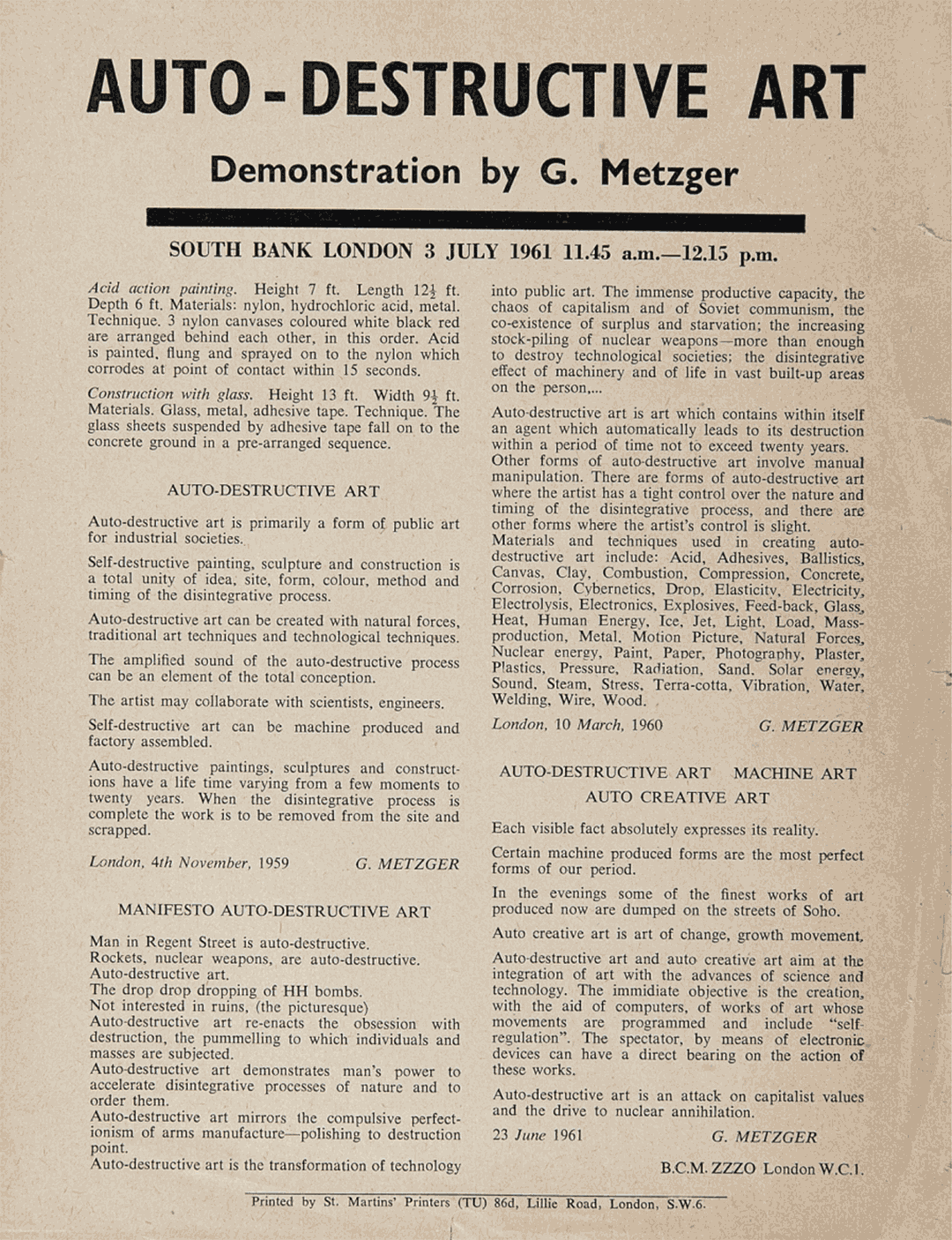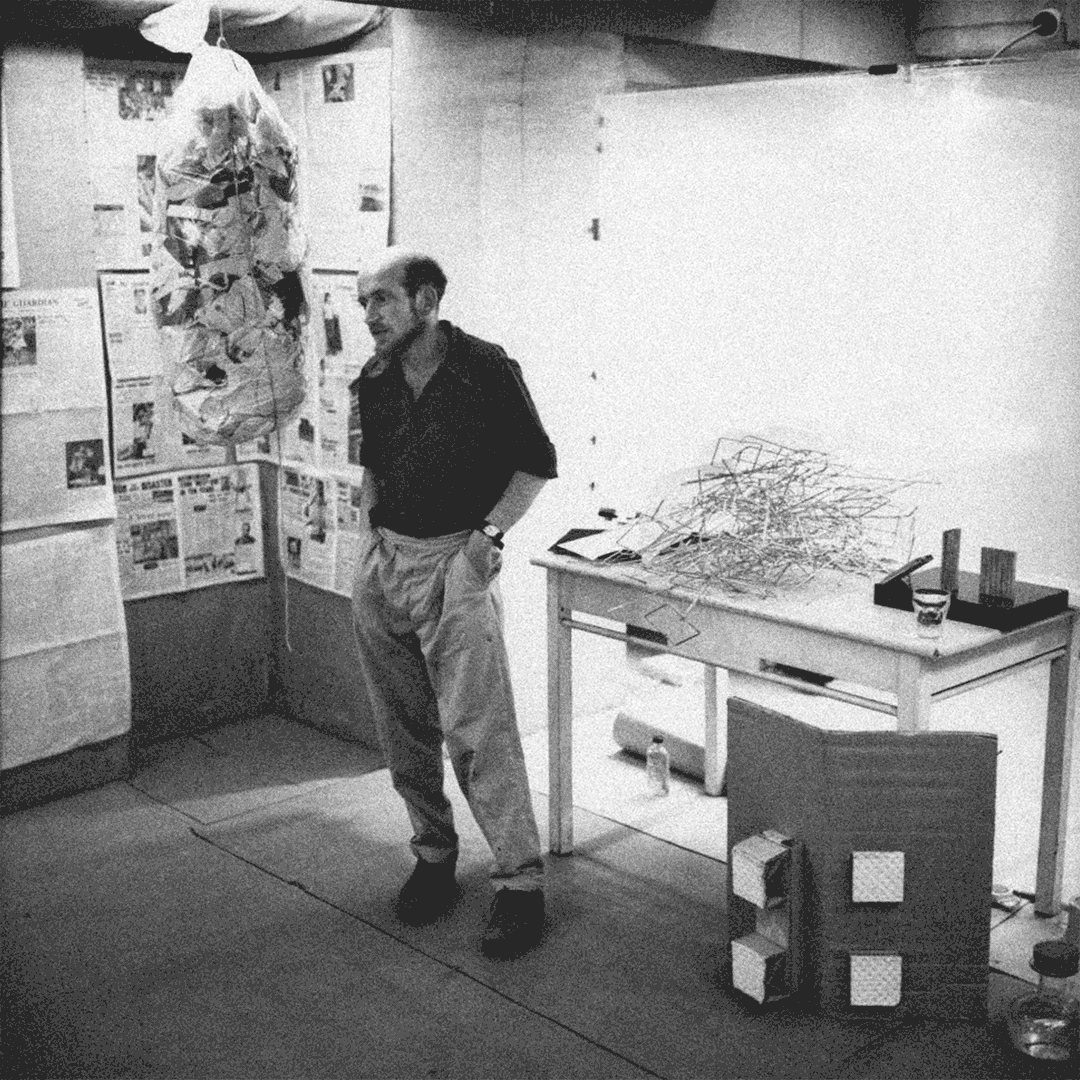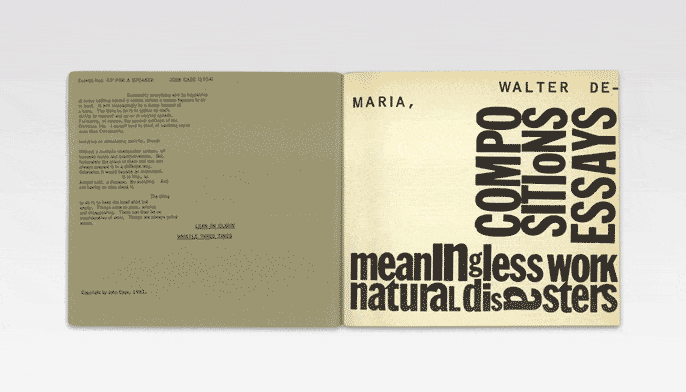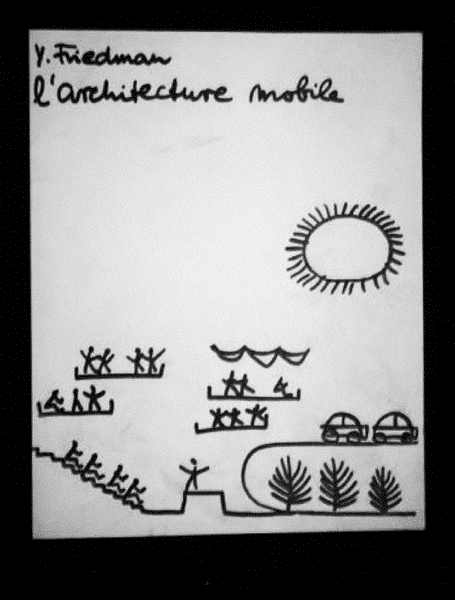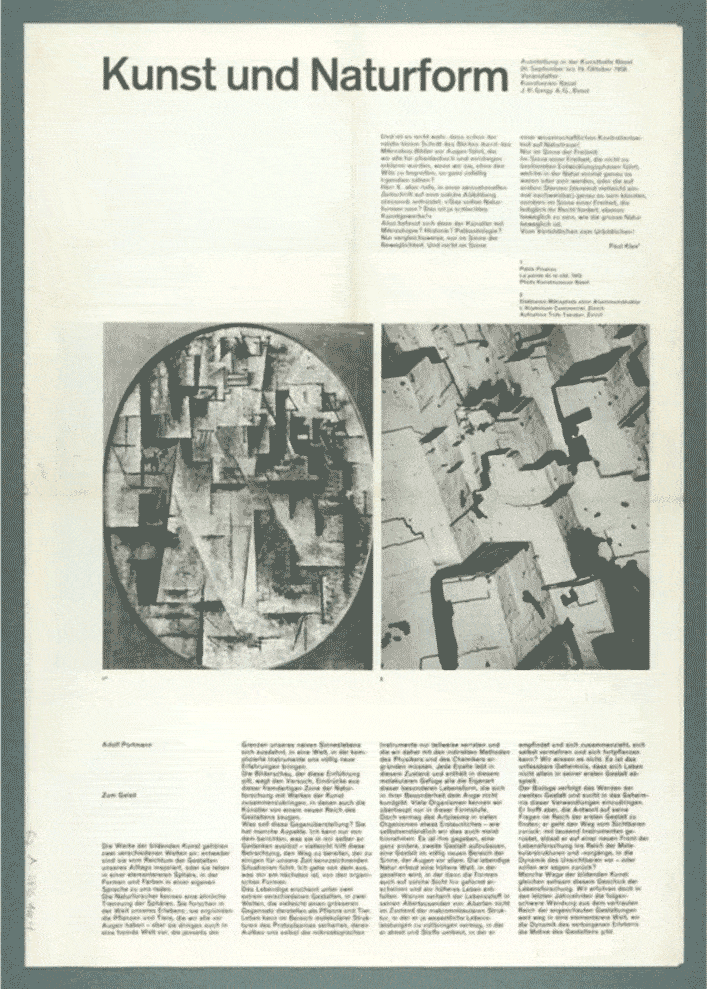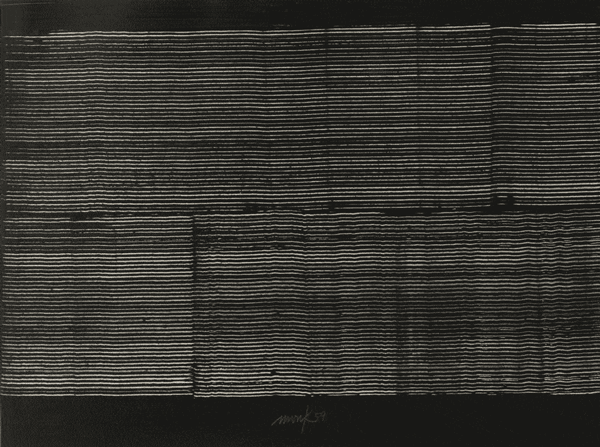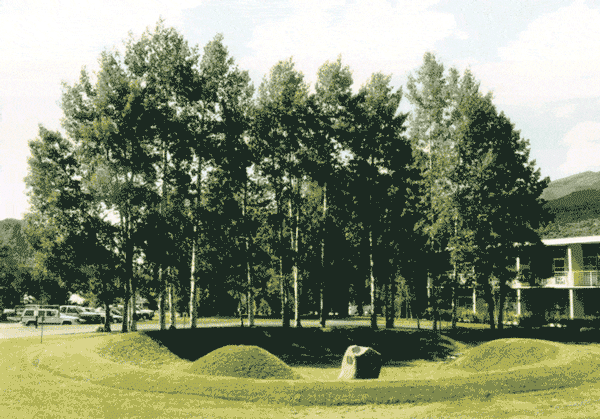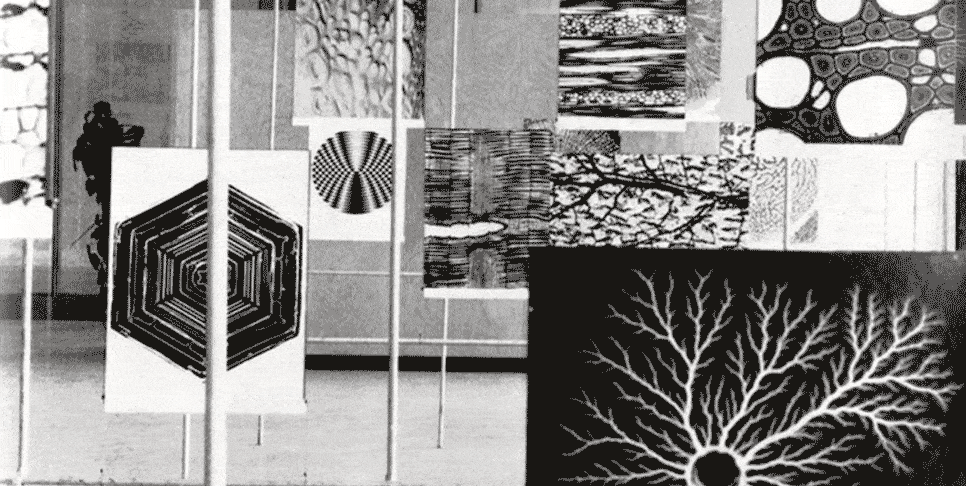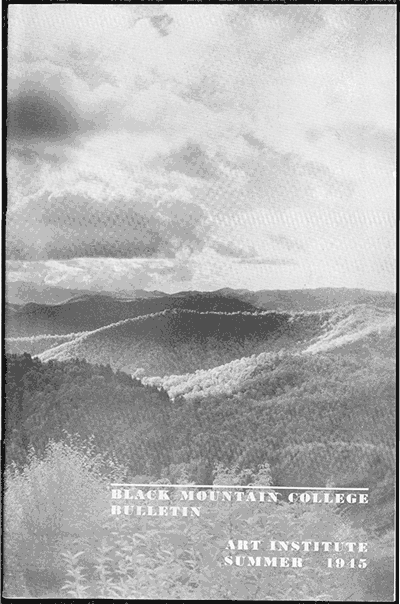
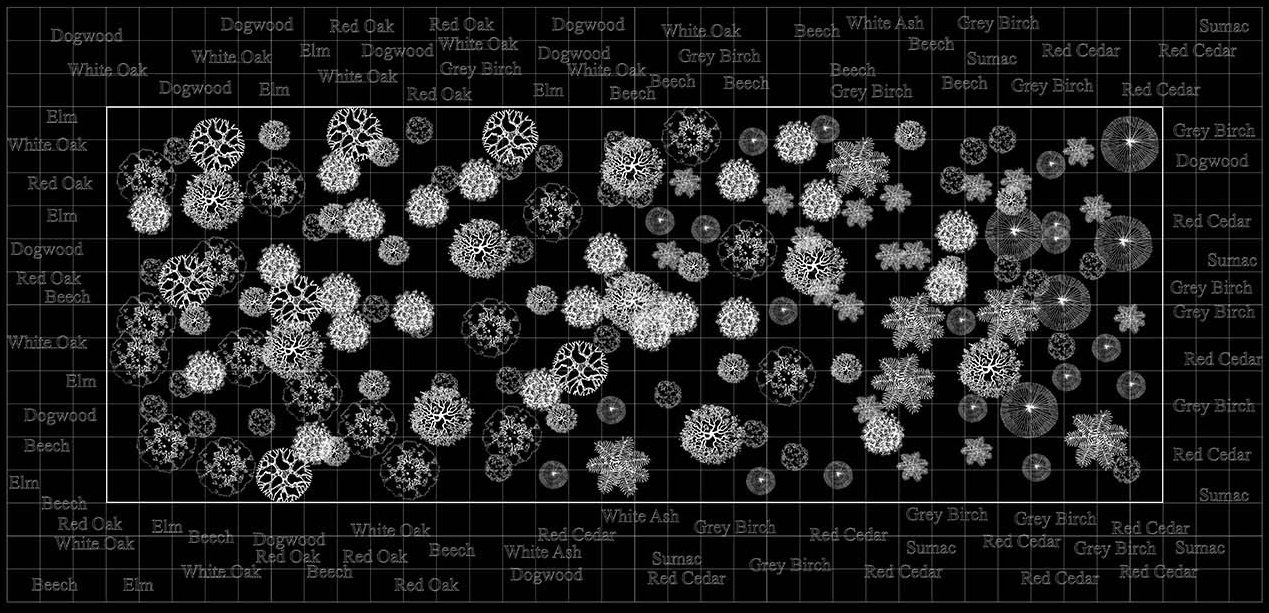
|
Drawings related to “Time Landscape” (1965–1978–present) by Alan Sonfist. (Retrieved from the artist’s website, March 2021).
|
|
“In Sonfist’s landscapes, vast seas of time are compacted into tiny spaces. These projects are often re-creations of the environment as it existed before man’s interference. For example, with his Time Landscape in downtown Manhattan, Sonfist replanted the kind of forest which once blanketed all of New York City. Man had long since obliterated nature in favor of skyscrapers and concrete. Sonfist claimed a section of land and returned it to its primal state.
In the vaunted works of Art, the master stroke is Nature’s part.
Ralph Waldo Emerson”
From a note available in the artist’s website, accessed here, March 2021.

Time Landscape
Alan Sonfist
Echoing the “Groundworks” timeline: 1965
Public monuments traditionally have celebrated events in human history – acts of heroism important to the human community. Increasingly, as we come to understand our dependence on nature, the concept of community expands to include non-human elements. Civic monuments, then, should honor and celebrate the life and acts of the total community, the human ecosystem, including natural phenomena. Especially within the city, public monuments should recapture and revitalize the history of the natural environment at that location. As in war monuments, that record of life and death of soldiers, the life and death of natural phenomena such as rivers, springs, and natural outcroppings needs to be remembered.
Alan Sonfist
“In 1965, at age 19, Sonfist inked the first drawings for his concept of Time Landscape—discrete public enclosures intended to exist in small pockets of recovered land plots in New York City to be seeded with pre-colonial flora and forests. In stark contrast to the heroic monumentalism of some fellow Land Artists, Sonfist’s Time Landscape structure proposed a very different kind of monument (and commemorative impulse): to recover ‘the natural environment before Colonial settlement.’ Neither a park nor a wilderness preserve, Sonfist’s unusual hybrid combining both backward and forward-looking registrations radically re-conceived not only the idea of what a public monument might be (as a means of historical commemoration), but it also proposed nothing less than a re-formulated possibility frontier for art itself, including also man’s historical (and future) relationship to nature.”
My art presents nature. I isolate certain aspects of nature to gain emphasis, to make clear its power to affect us, to give the viewer an awareness that can be translated into a total unravelling of the cosmos.
Alan Sonfist
* Alan Sonfist — “Natural Phenomena as Public Monuments” (1968), presented at the Metropolitan Museum of Art, New York; published in Alan Sonfist – Natural Phenomena as Public Monuments (Purchase, NY: Neuberger Museum, 1978), in Peter Selz and Kristine Stiles (eds.), Theories and Documents of Contemporary Art: a Sourcebook of Artists’ Writings, 2nd ed. (Berkeley: University of California Press, 2012), 624.
* Todd Alden — Webpage of the exhibition Alan Sonfist: 50 Years of Time Landscape at Alden Projects, New York (October – November, 2016), accessed here, March 2021.
* Alan Sofist cited in the press release of the exhibition at The Institute of Contemporary Arts, London (1971), cited in Robert Joseph Horvitz, "Nature as Artifact: Alan Sonfist", Artforum (November 1973), New York, accessed here, March 2021.
|
Time Landscape (usually dated 1965–1978–present), by Alan Sonfist, consists of plants that were native to the New York City area in pre-colonial times replanted on a rectangular plot of land situated at the northeast corner of La Guardia Place and West Houston Street, in Manhattan. Sonfist was part of a generation of artists whose works from the 1960s and 70s incorporated natural elements or were specifically sited in the landscape – known variously as Earthworks, Land Art, or Environmental Art. In his artworks from this time, a widespread public interest in ecology and environmental protection intersects with a sense of personal autobiography and a focus on time..
|
“maat Explorations” is an ongoing programme that delves into the socio-cultural and environmental transformations stemming from the current bio crisis and ecological destruction. It provides an insight into the hard science of climate intervention and the creative speculations behind innovation-led research to safeguard our planetary co-existence. Prominent in this strand is the installation Earth Bits – Sensing the Planetary, that opens access to the complex interconnectedness between the environmental and the energetic quests and its reverberation through decades of artistic production, political and cultural movements traced from the 1960s until today. On maat ext., a series of #groundworks hashtags introduce the critical explorations that feed into the complex interconnectivity between the environmental and energetic quests, and its reverberation through decades of artistic production, political and cultural movements traced from the 1960s until today.
|


